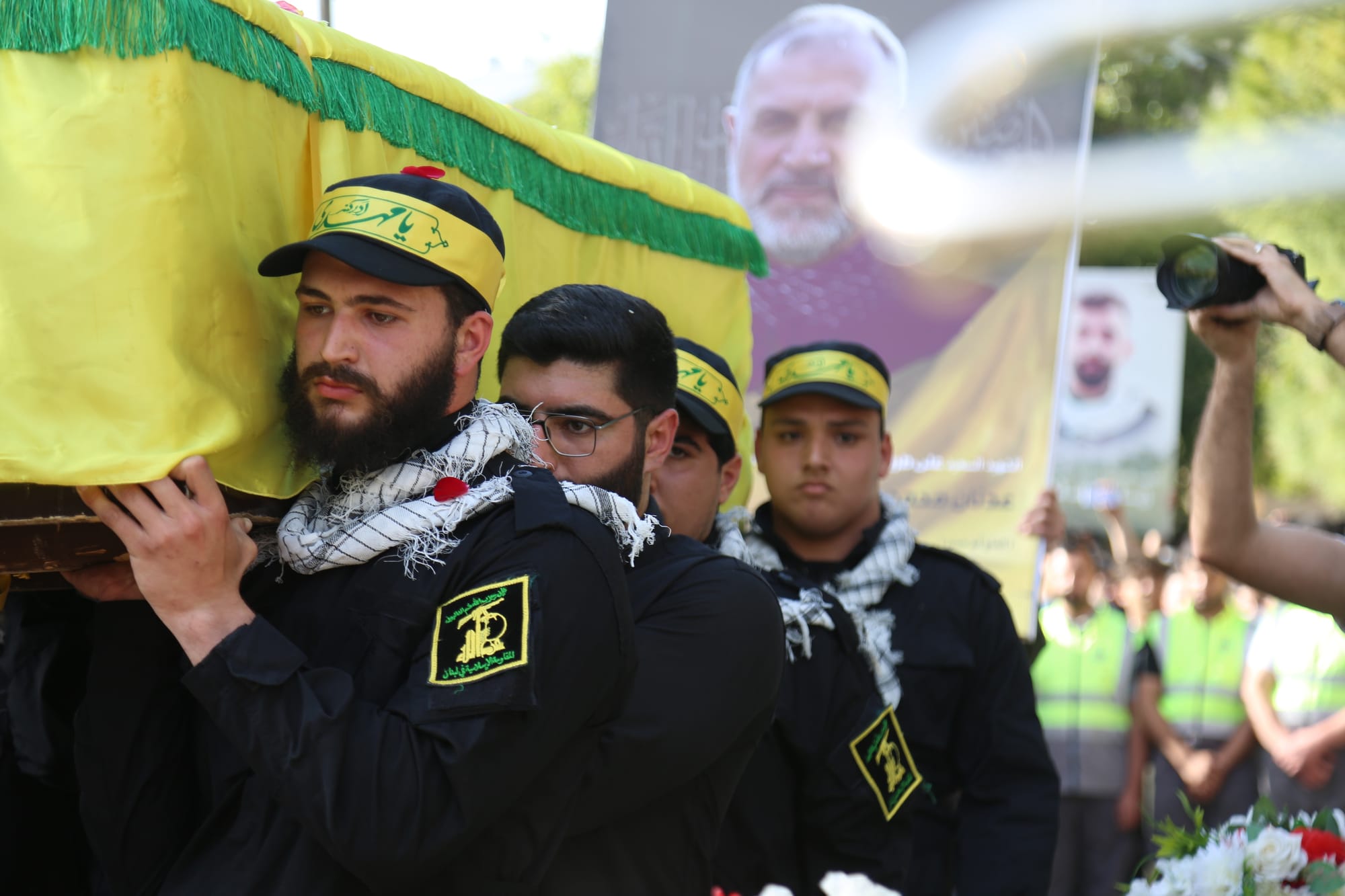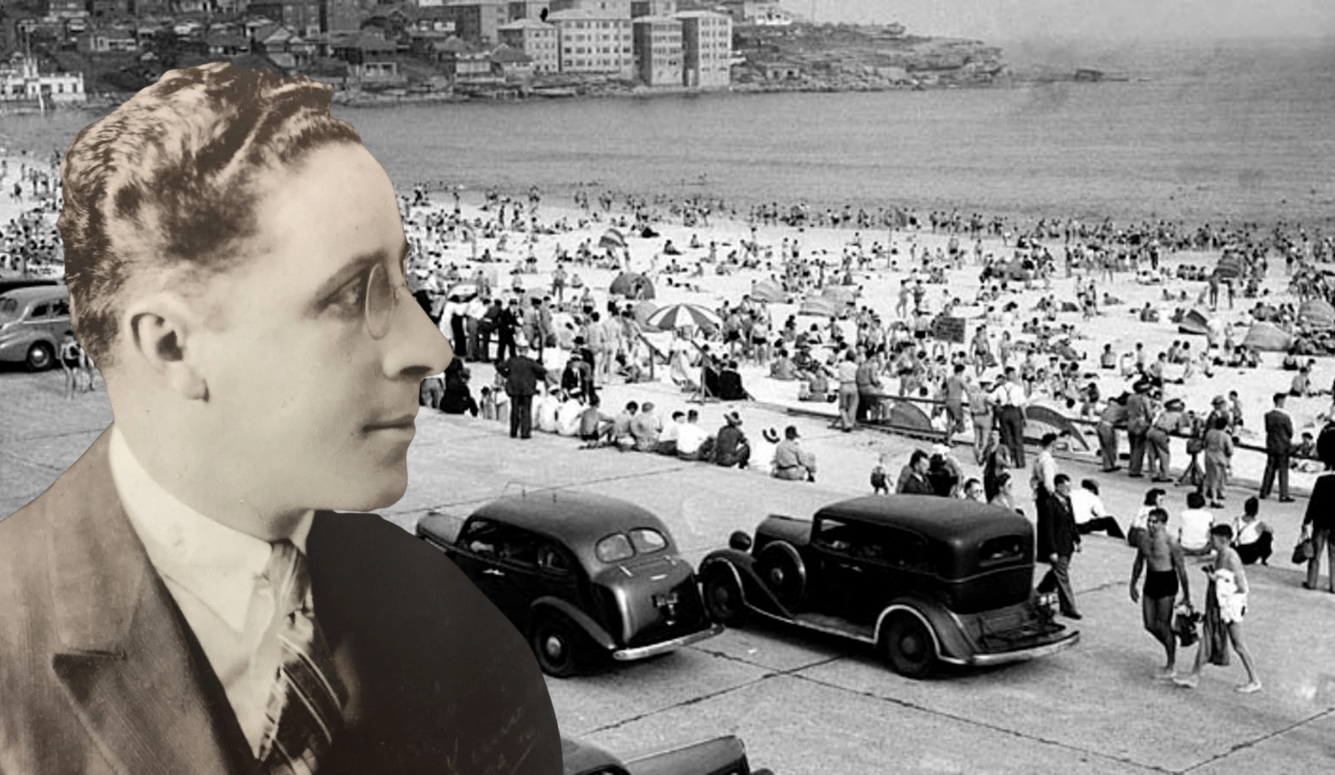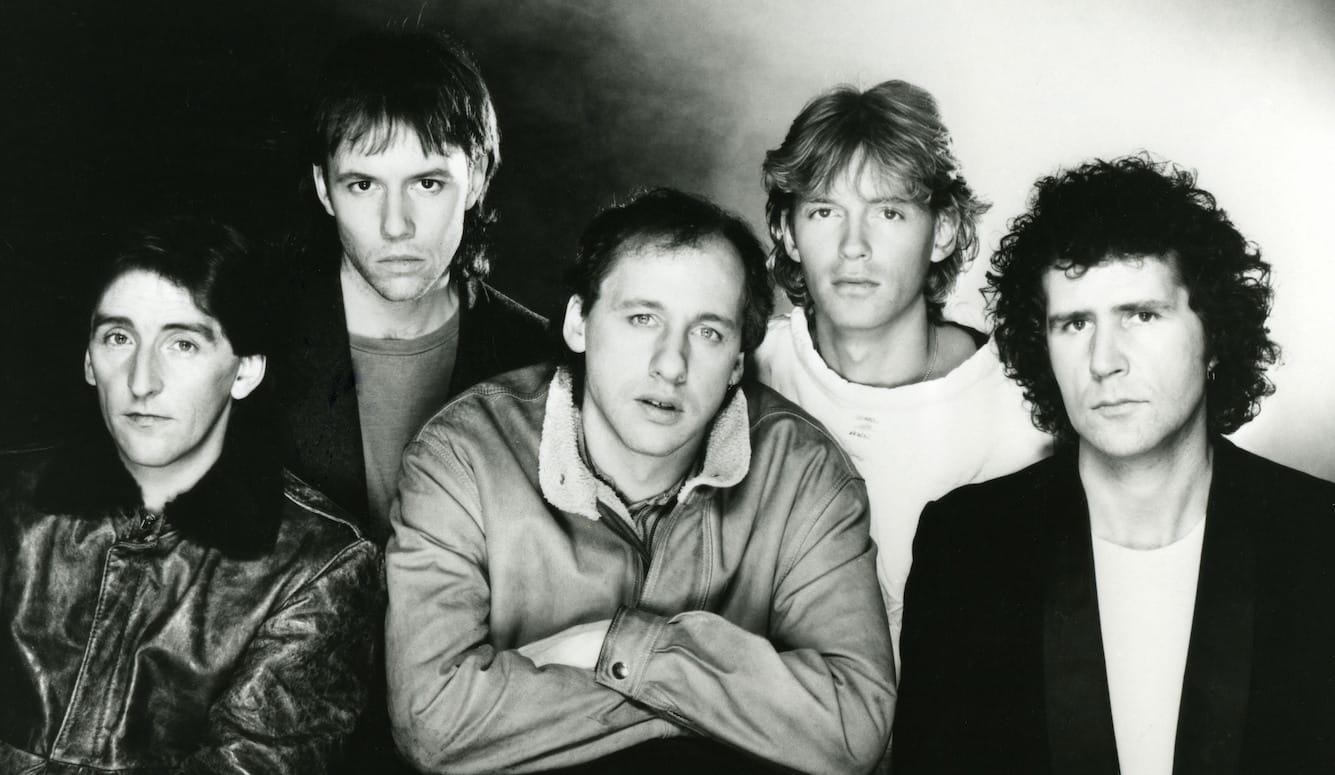Israel
The Fall of Hezbollah
Hezbollah’s downfall was not the result of a battle lost or a lapse in resolve, but the sudden and total collapse of a strategic worldview.

The parable of those who take protectors other than Allah is that of the spider who builds a house; and verily, the frailest of houses is the spider’s house—if they but knew.—Quran 29:41
The twelve-day Iran–Israel war that concluded on 24 June 2025 marked the culmination of a strategic transformation whose pivot point was Hezbollah’s collapse in late 2024. When Israeli forces launched Operation Rising Lion against Iran on 13 June, they did so with a freedom of action that would have been previously unthinkable.
In 2024, Hezbollah’s arsenal was destroyed before it could be unleashed. It ceased to be an effective deterrent protecting Iran’s nuclear program. Hezbollah’s command structure was dismantled. Its leader, Hassan Nasrallah, was dead. What followed was a cascading shift in the regional balance of power. Israel struck Iran’s air defences in October 2024, leaving its skies vulnerable. In December, Syrian rebels, sensing Hezbollah’s weakness, launched a lightning offensive and overthrew the Assad regime. Within 48 hours of Assad’s evacuation flight to Moscow, Israel launched Operation Bashan Arrow, destroying over eighty percent of Syria’s strategic military infrastructure and securing air supremacy over Syrian territory. With Hezbollah’s fangs pulled and Iranian and Syrian air defences obliterated, the corridor to Iran’s nuclear heartland lay exposed. The road to Tehran had been cleared by Hezbollah’s spectacular and unexpectedly swift downfall.
One day after the 7 October Hamas massacre in southern Israel, Hezbollah, Iran’s then-strongest proxy in the region, started firing rockets into the north of Israel. In the immediate aftermath of what is probably Israel’s deepest crisis since its founding, the threat that Hezbollah might unleash the full power of its arsenal and rain down hellfire on Israel loomed large. Hezbollah’s arsenal was formidable. According to the IDF and various independent sources, it included around 65,000 short-range, 4,800 middle-range, and 400 long-range missiles and rockets; hundreds of precision guided missiles; 140,000 mortars; hundreds of UAVs; about 100 anti-ship missiles; and a plethora of anti-tank missiles and small arms. In sheer projectile firepower, Hezbollah surpassed most NATO countries. Its force comprised around 50,000 well-trained and well-equipped full-time fighters, along with tens of thousands of reservists.





